What Does a Healthy Spine Look Like?
The spine is made up of more than 30 vertebrae, held together by ligaments, muscles, and “shock absorbing” discs. A healthy spine has enough space for the spinal sac of nerves leaving the spine to exit the spinal canal freely and extend to different parts of the body.
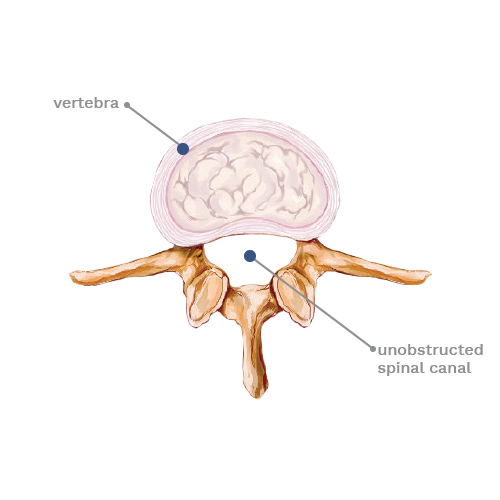
A healthy spine will allow you to:
Stand upright and tall
Do physical activity pain free
Keep good posture
Move around when you want, how you want
However, over time, many factors can contribute to the narrowing of the spinal canal in some people. This narrowing can cause pain and discomfort.
What Does a Non-Healthy Spine Look Like?
Lumbar spinal stenosis is the narrowing of the spinal canal, which puts pressure on the nerves and causes pain.
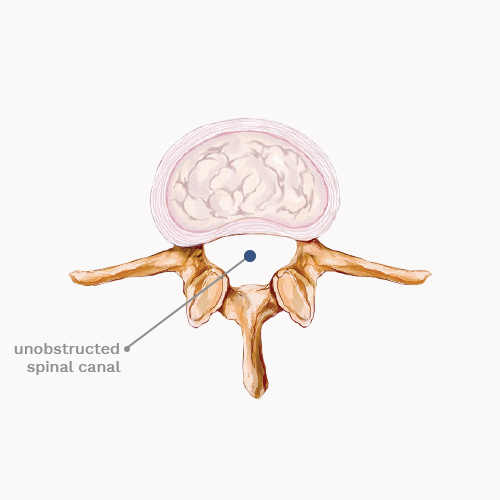
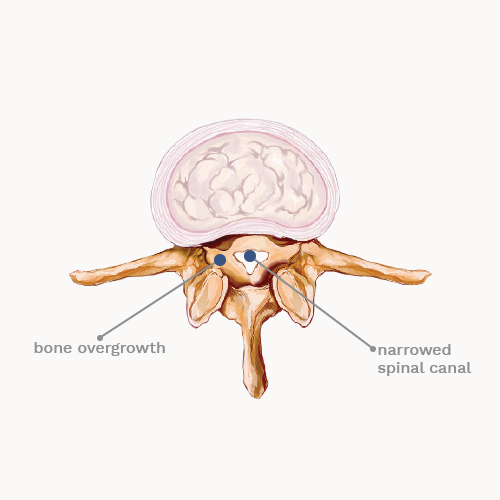
A non-healthy spine may lead to:
Pain during physical activity
Hunched standing or walking
Extra pressure on your other muscles
Injuries in other areas of the body
General pain and soreness throughout the day
Causes & Symptoms of LSS
“I never really experienced an acute injury that I was aware of. Over time I would just have more painful days than I had non-painful days. I had back pain probably every bit of 20-25 years.”
Ken | Detroit, Michigan
The most common symptom of LSS is leg pain that increases while walking. While the symptoms may vary, the most common signs are:
Numbness or “pins and needles” sensation in legs, calves, and/or buttocks
Dull or aching back pain that spreads to the legs
Weakness or loss of balance
Difficulty walking
Decreased endurance for physical activities
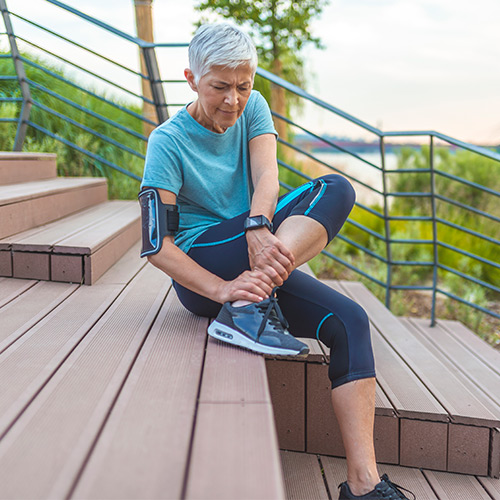
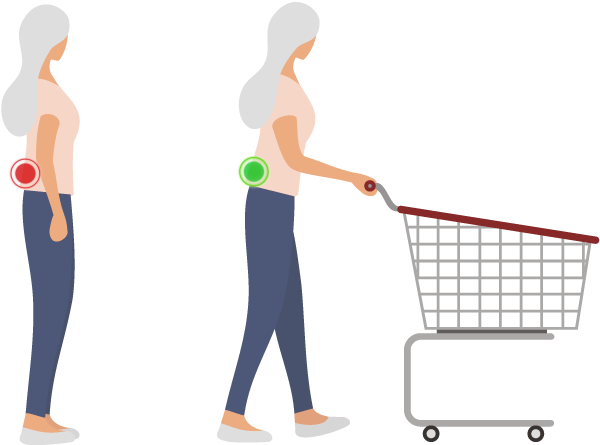
With LSS, symptoms will often increase when standing straight up, and can be relieved by leaning forward onto a shopping cart, or sitting down. If your pain, numbness, and muscle weakness in your low back follows this pattern, it could be LSS.

